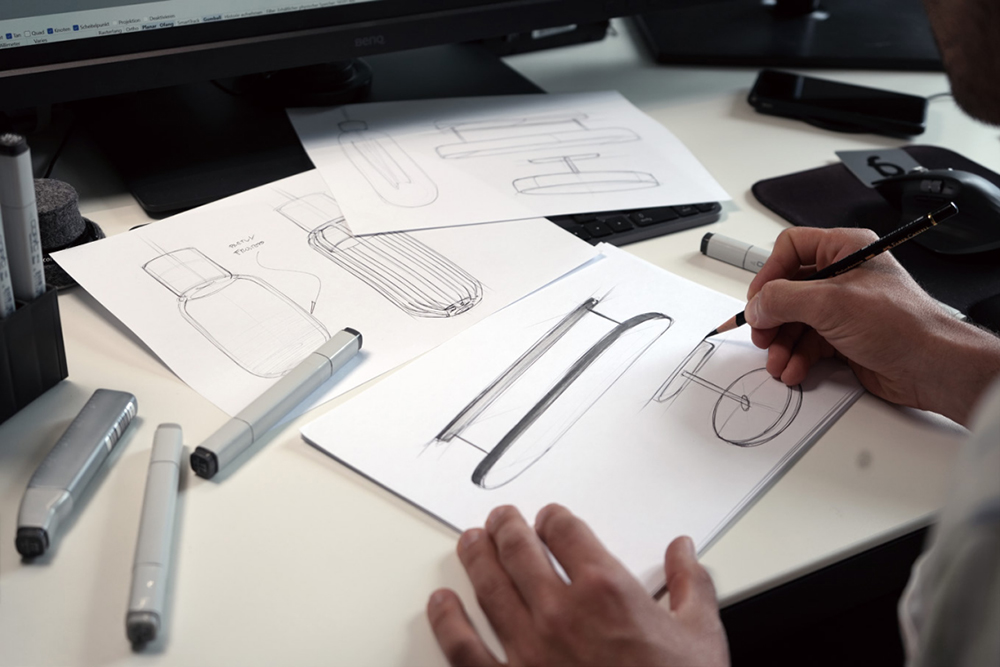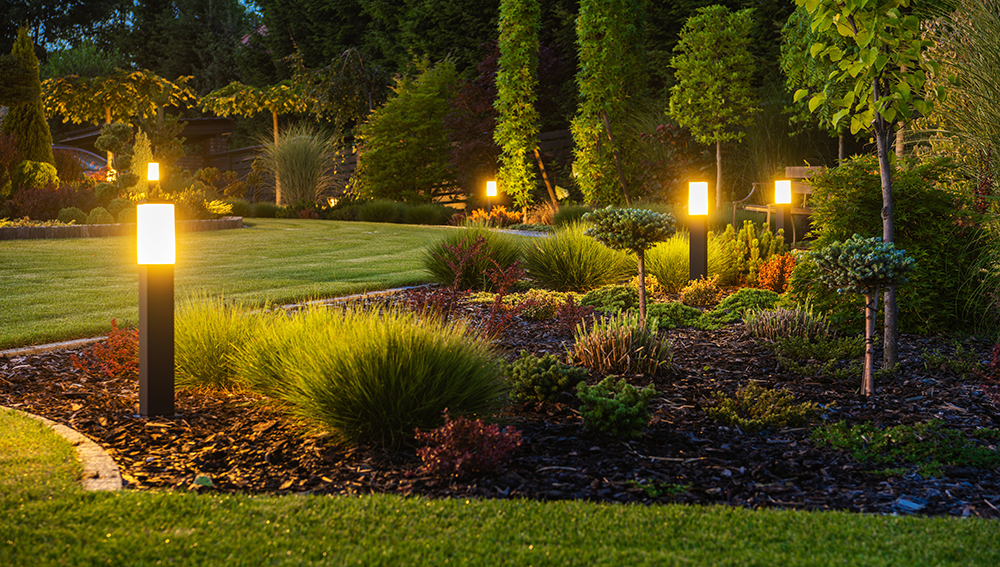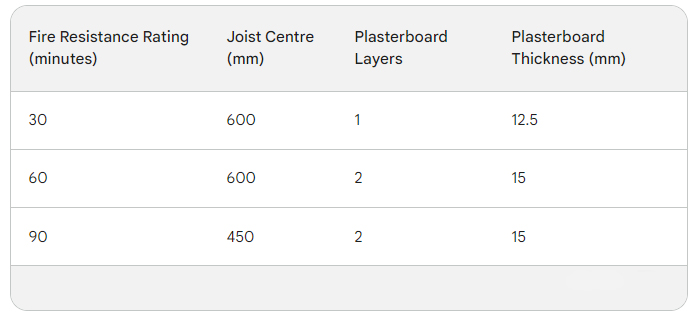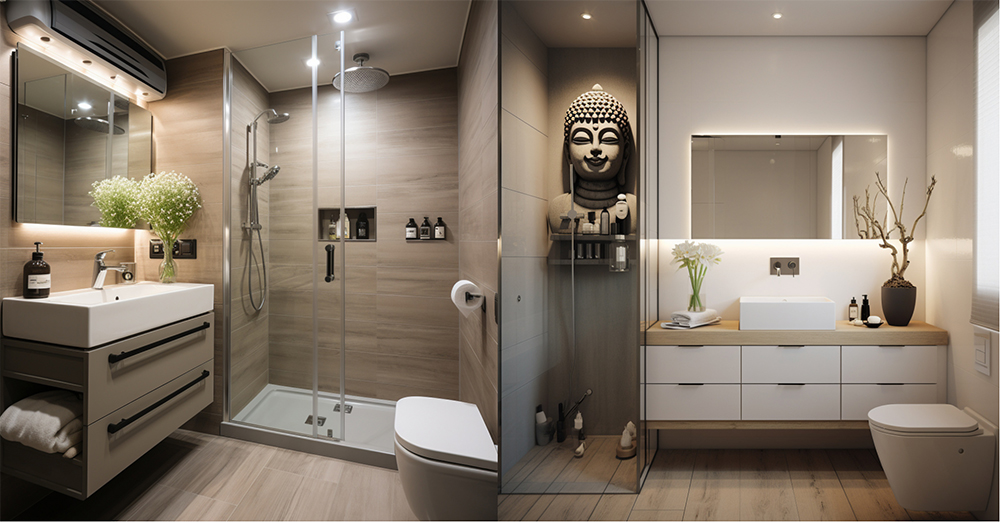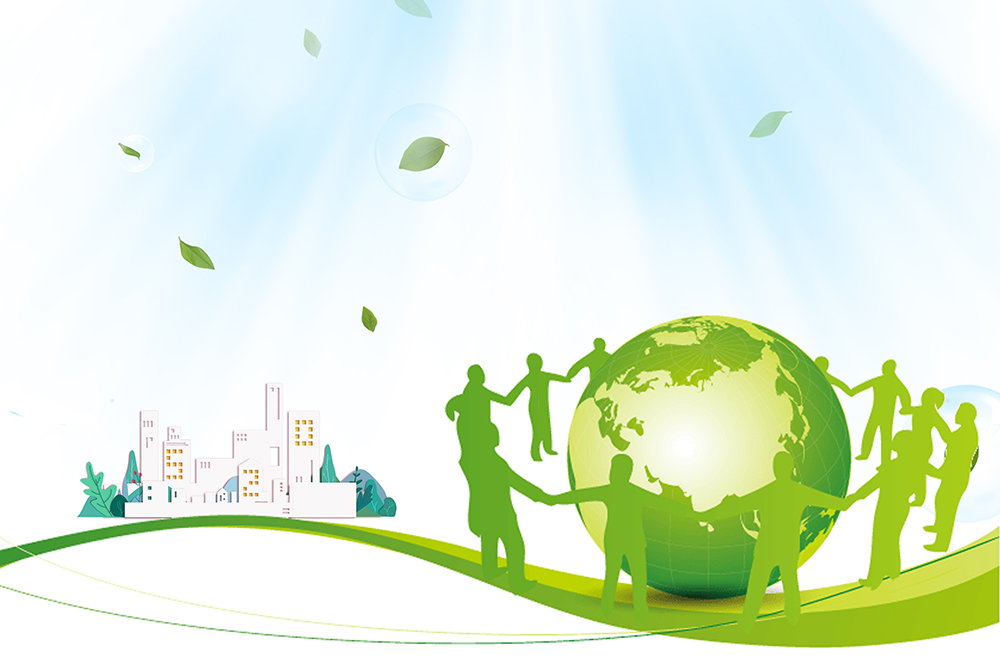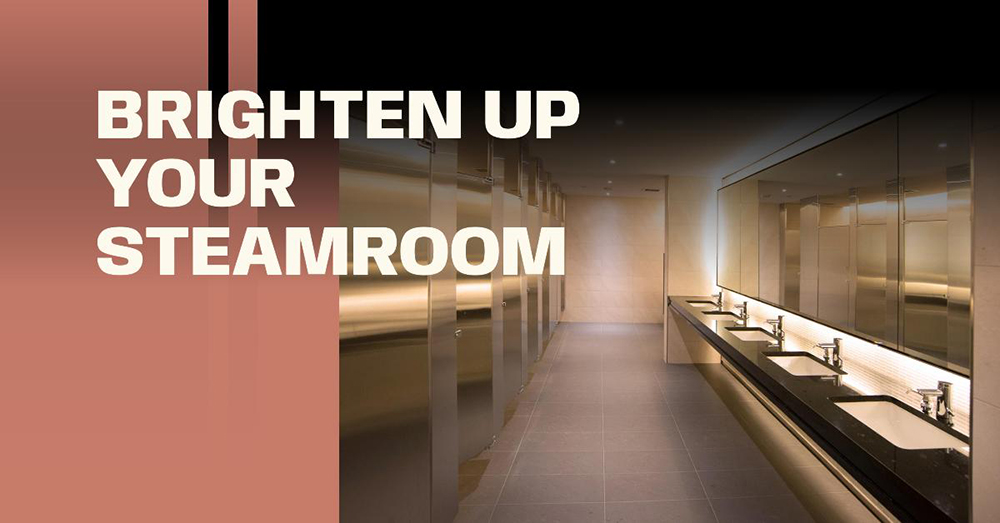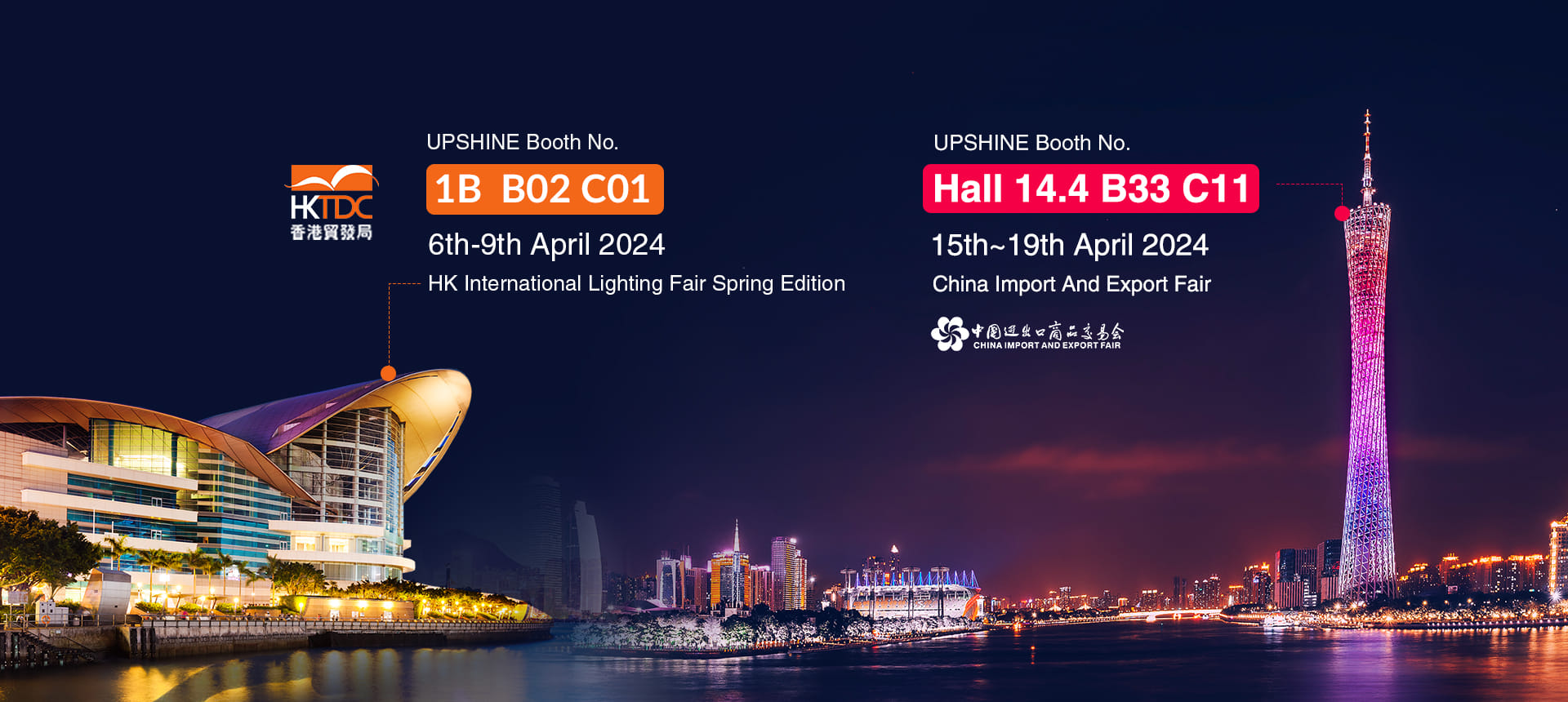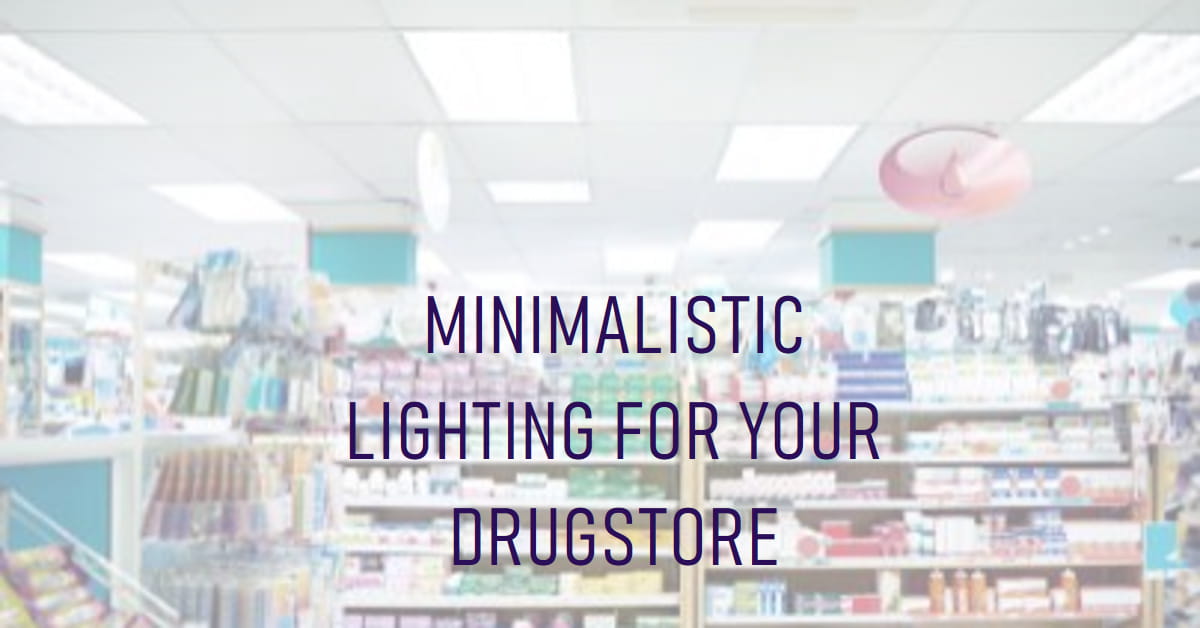Advancements in technology across the board have let people live more efficient lives. Whether it be the accessibility of a smartphone or the fuel efficiency of a car, technology lets us do more with less. Switching to LEDs is just another way to improve efficiency. But unlike a phone or car, upgrading to LED lighting creates massive blanket improvements. LED lighting is better for both your budget, your employees, and the planet. It consumes less energy and lasts longer than traditional lighting setups. So, in reality, the question shouldn’t be “Why upgrade to LED lighting?”. It should be, “How to upgrade to LED lighting?” Because when it comes down to it, LED lighting is the clear choice for offices, commercial facilities, warehouses, and even schools.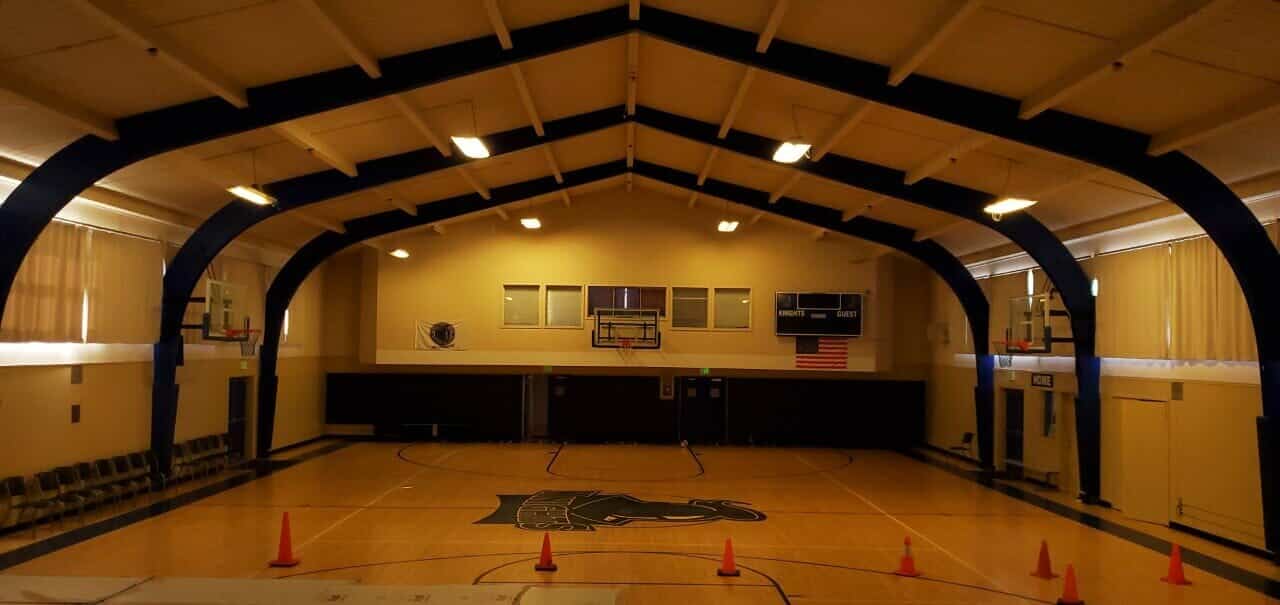
Before Converting to LED Lighting
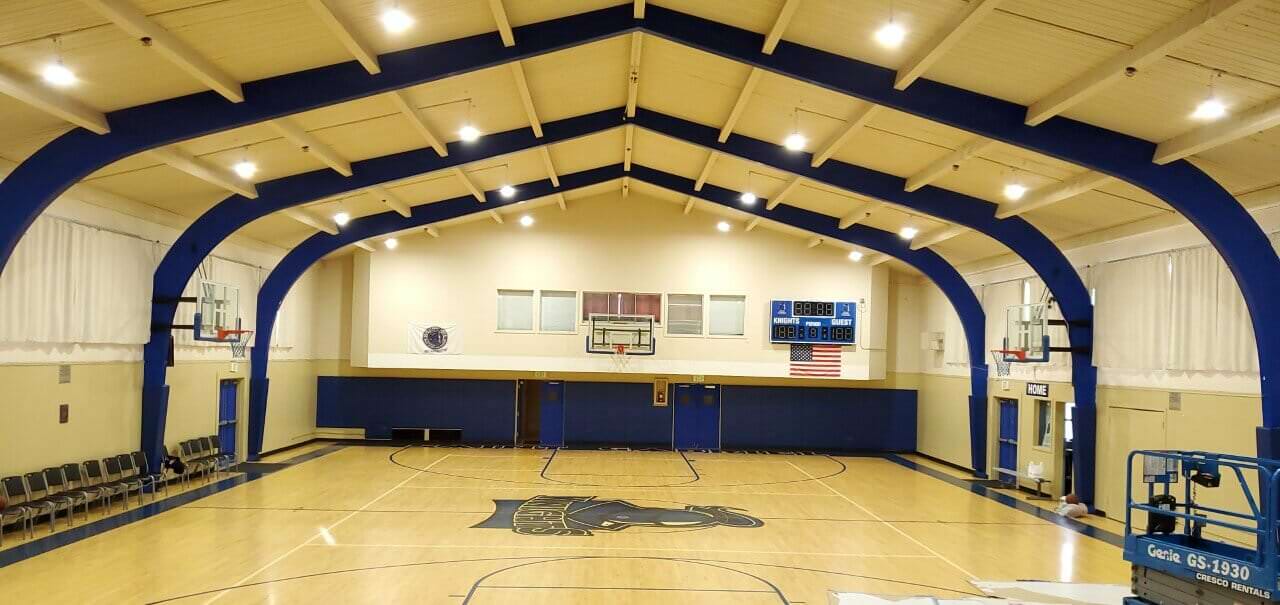
After Converting to LED Lighting
To understand why LED lights are so much better than the other alternatives, it’s a good idea to take notice of what lights you currently have. Here is a general overview of some of the most common types of lighting used in commercial and industrial settings today.
- Metal Halide
Metal halide lamps produce light by passing an electrical current through metal halide gas. They have the longest warm-up period of any type of bulb and have a warm color temperature. You’ll most often find these lights in stadium settings, factories and warehouses. But the lamp usually has a short life.
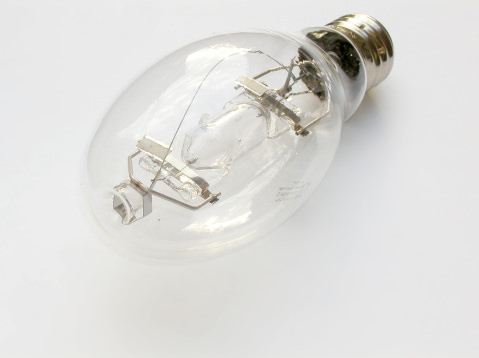
- Fluorescent
This is the most common type of office lighting. When introduced, it was a huge improvement over other bulbs.Fluorescent lights last on average, 20 times longer than incandescent fixtures as well as offering a higher lumen output.They also burn at a cooler temperature, which has been shown to increase productivity. However, these lights contain mercury which is dangerous to dispose of and can present problems if the light is broken while in use.
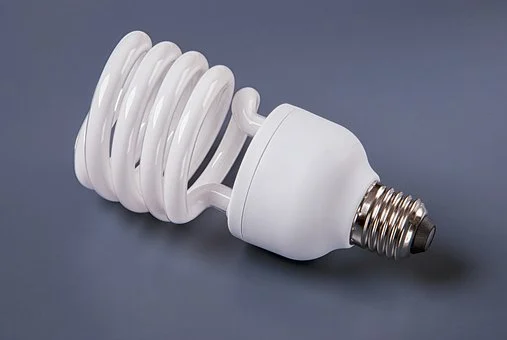
- Halogen
Halogens belong to the incandescent light bulb family and are considered to be an enhanced version of other incandescent bulbs. As with any incandescent light bulb, in a halogen light, the electrical current enters the socket and travels through the tungsten filament.Halogen light bulbs do not contain mercury, but the tungsten filaments are surrounded by iodine and bromine gases.
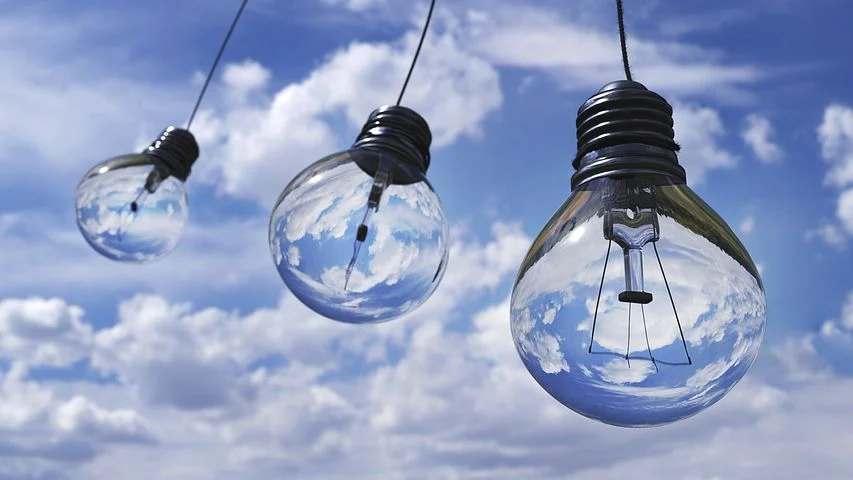
- Incandescent
You’ll most often find these lights in outdated settings. Once considered environmentally friendly, because of the lack of mercury, standards have since risen and these bulbs have fallen by the wayside.Incandescent fixtures are the least energy-efficient and have the shortest lifespan. The only benefit to these lights is that they do not need to warm up.
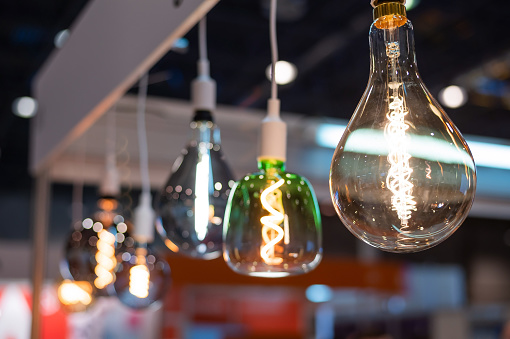
#LED Lighting – Better in Every Aspect
1. Savings
LED lighting saves you money in more ways than one. From the get-go, LED lights provide a brighter shine with less wattage. This means when switching from a traditional bulb, you can get more light with less energy. Less energy means lower electric bills, which is always an improvement.
2. Light Quality
In addition to financial benefits, LEDs can provide an overall morale booster for any employees.Studies show that thanks to this high-quality light, employees are healthier, happier, and more productive than when working under traditional bulbs.
3. Cost-Effectiveness
Its well know LED saves money. Depending on the type of traditional lighting source you’re replacing, reducing your utility lighting bill starts at around 50% and goes up from there. Add in lighting controls, that dims the lights when there’s an absence of motion, and savings takes another huge favorable leap.
4. Environmental Impact
Naturally, because they consume less energy and last longer, LEDs are better for the environment than other types of bulbs.Less energy consumption means less power plant emissions and a reduction in dependency on non-renewable sources of energy. Altogether, LEDs help rely less on the finite resources that often have a harmful impact on our environment.

